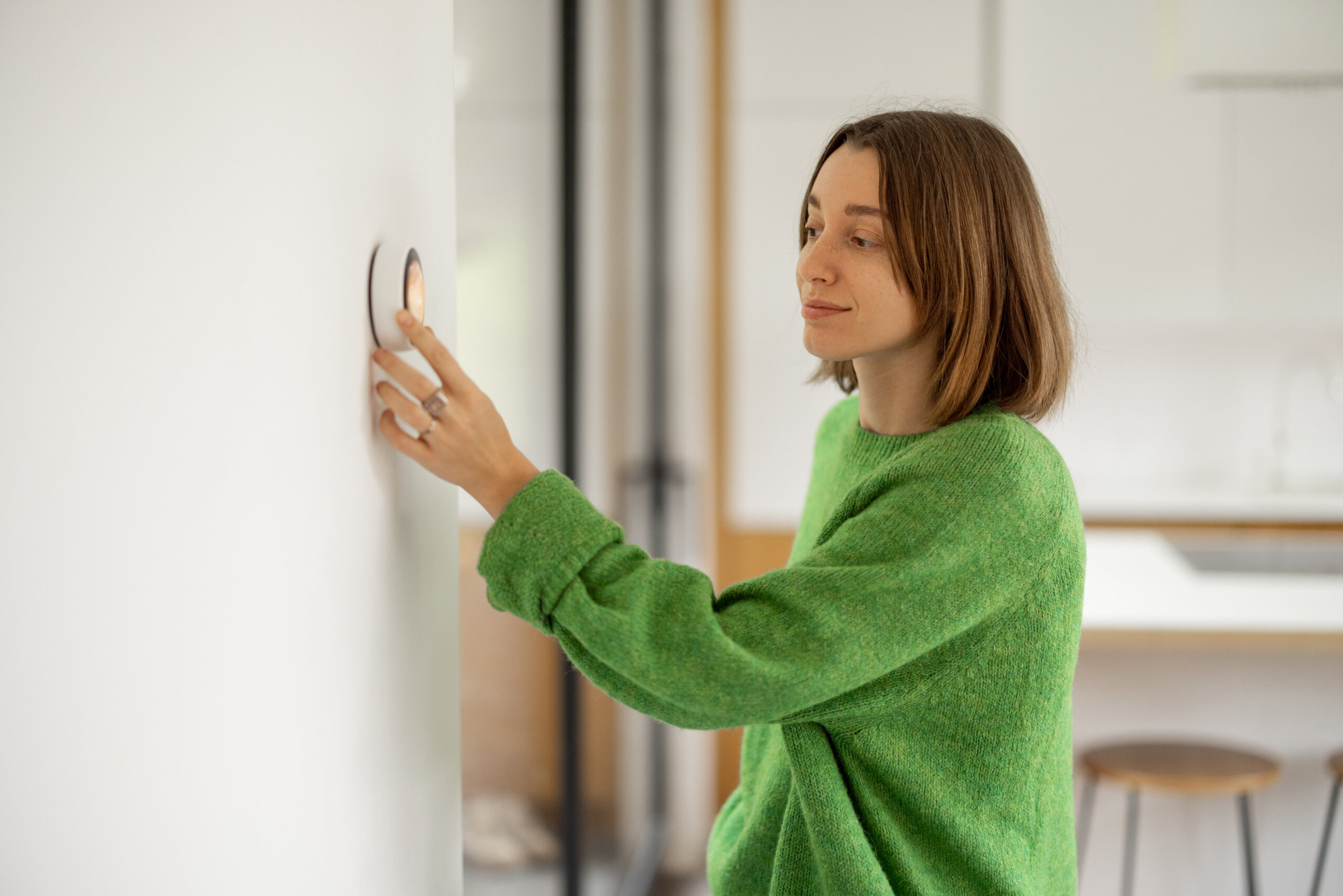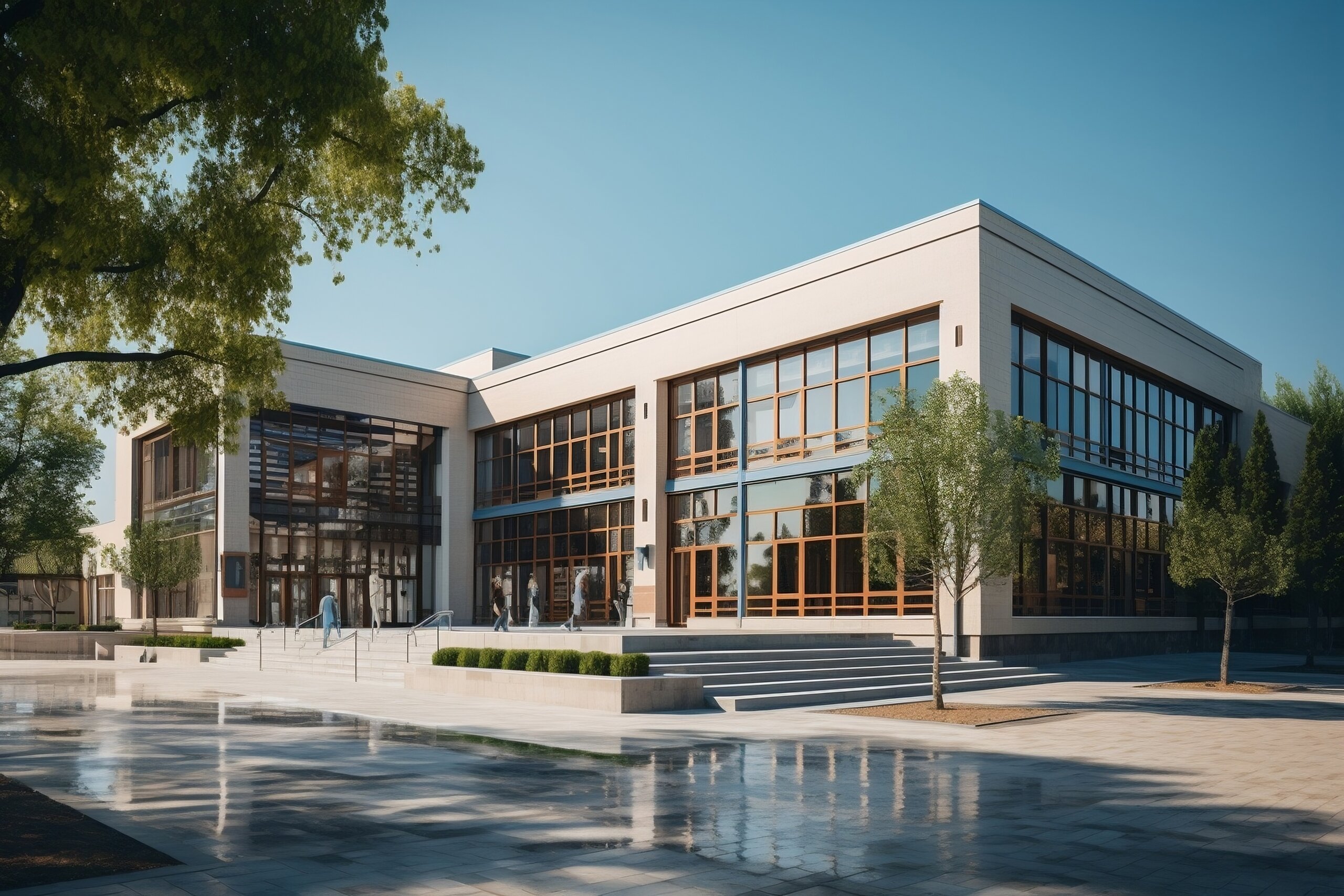The landscape of student housing is undergoing a remarkable transformation. With the advent of new technologies and a growing emphasis on sustainability, today’s student residences are not just places to live; they are evolving into dynamic, interactive communities that enhance the educational experience. The integration of cutting-edge digital solutions, eco-friendly initiatives, flexible living arrangements and more have rapidly grown to cater to the diverse needs of modern students.
In this blog, we’ll explore four of the most significant trends reshaping the student housing industry, demonstrating how you can advance your educational spaces with enriched living and learning experiences through new-wave technology and sustainability.
1. Build Community Through Advanced Student Housing Technologies
The heart of student housing lies in its ability to forge communities. Technology plays a pivotal role here, transforming how students interact and connect. From social networking sites tailored for campus communities to virtual event spaces for online gatherings, technology bridges distances and nurtures community spirit.
This shift toward digital interaction doesn’t diminish the human element but enriches it by offering diverse, accessible channels for connection and community building. These platforms are not just tools for communication; they are the new town squares and student lounges, vital for maintaining relationships and building supportive networks.
This digital shift leverages various platforms, each serving unique purposes in community building:
- Social Media Groups: Platforms like Facebook allow students to join interest-based or course-related groups to share resources and socialize.
- Virtual Event Platforms: Zoom or Microsoft Teams can host online events, workshops and group meetings, simulating the experience of in-person gatherings.
- Collaborative Study Apps: Google Classroom or Slack helps students collaborate on projects, share notes and engage in academic discussions.

2. Enhance Your Campus Offerings with Next-Level Tech-Driven Student Amenities
Today’s student residences are equipped with amenities that would have seemed like science fiction a decade ago. Innovations such as keyless entry systems, high-tech fitness centers, smart lighting and heating/cooling systems are becoming more prevalent. High-speed internet is a given, but the real game-changers include advancements like:
Smart Room Controls: Modern student housing increasingly incorporates smart room control systems, allowing residents to manage various aspects of their living space remotely or through centralized panels. For example, smart thermostats are becoming more popular in college residences, offering eco-friendly options and adapting to students’ schedules for increased energy efficiency.
AI-Powered Personal Assistants: The integration of AI in student housing is revolutionizing how students interact with their living spaces. For instance, AI-driven virtual assistants and chatbots can offer round-the-clock support for various needs, including clarifying doubts about lease agreements and rental processes. These AI tools can also handle routine administrative tasks, enhancing operational efficiency and improving tenant relationships by offering personalized, efficient communication support.
Security Upgrades: Keyless entry systems using near-field communication (NFC) and radio frequency identification (RFID) technologies are revolutionizing student safety and convenience. These systems allow students to unlock their doors with a simple smartphone signal, significantly enhancing dorm security.
These features offer convenience and enhance safety and comfort, creating environments conducive to both living and learning. They represent a shift toward creating an integrated, tech-savvy living space that aligns with the digital habits of modern students.

3. Incorporate Sustainable Design and Green Living
Sustainability is no longer a buzzword but a necessity in modern student housing design. Eco-friendly materials, renewable energy sources like solar panels, and water-saving technologies are increasingly commonplace. These sustainable designs underscore an educational aspect, teaching students about environmental stewardship and eco-conscious living. Some areas that are worth exploring include:
- Energy-Efficient Lighting and Appliances: Using LED lighting, Energy Star-rated appliances and smart thermostats can reduce energy usage. Some student housing complexes opt to include lighting that turns off automatically when no motion is detected.
- Renewable Energy: Installing solar panels to generate electricity and solar water heaters provides clean energy. Some student housing leaders have invested in wind turbines as well.
- Water Conservation: Low-flow showerheads, dual flush toilets and touchless faucets help reduce water usage. Rainwater harvesting systems collect rainwater for non-potable uses like irrigation.
- Sustainable Materials: Using locally sourced, recycled and low-volatile organic compounds (VOCs) materials reduces environmental impact. Some options include bamboo floors, recycled content carpeting and low VOC paints.
The upward trend in green living student housing reflects a broader societal shift toward sustainability and environmental responsibility.
4. Offer Flexible Housing Arrangements
Flexibility is at the forefront of modern student housing. Adaptable living spaces cater to various needs, from quiet study areas to communal social zones. Modular furniture and configurable room layouts allow students to personalize their space, adapting as their needs change throughout their university journey. This adaptation to students’ preferences, particularly for privacy, is evident in the shift from double to single occupancy rooms and the inclusion of private bathrooms in student apartments.
To illustrate how modern student housing leaders can embrace flexibility, here are some examples of adaptable living solutions:
- Modular Study Pods: Individual study units that can be reconfigured or moved to create private study areas or open collaborative spaces.
- Convertible Furniture: Beds that fold into sofas, collapsible desks and other multifunctional furniture that maximize space utility.
- Sliding Partitions: Movable walls or partitions that can transform a single large room into multiple private areas or vice versa.
- Shared Common Areas with Private Nooks: Large communal spaces designed with secluded corners or nooks for privacy, enabling both social interaction and solitary activities.
Elevate Your Student Housing Technology Offerings with Clouddle
Student housing technologies are rapidly evolving, driven by advancements and changing student needs. From sustainable living to tech-driven amenities, these trends in student housing technologies are setting a new standard in student accommodations.
By partnering with Clouddle, you can ensure your properties are equipped with technologies that foster a secure, sustainable and community-oriented living space. Our solutions are designed to enhance students’ living and learning environments, from high-speed internet infrastructures to state-of-the-art security systems and much more.
Contact us today to discuss how we can help you improve your residents’ satisfaction and security in your student housing community.



